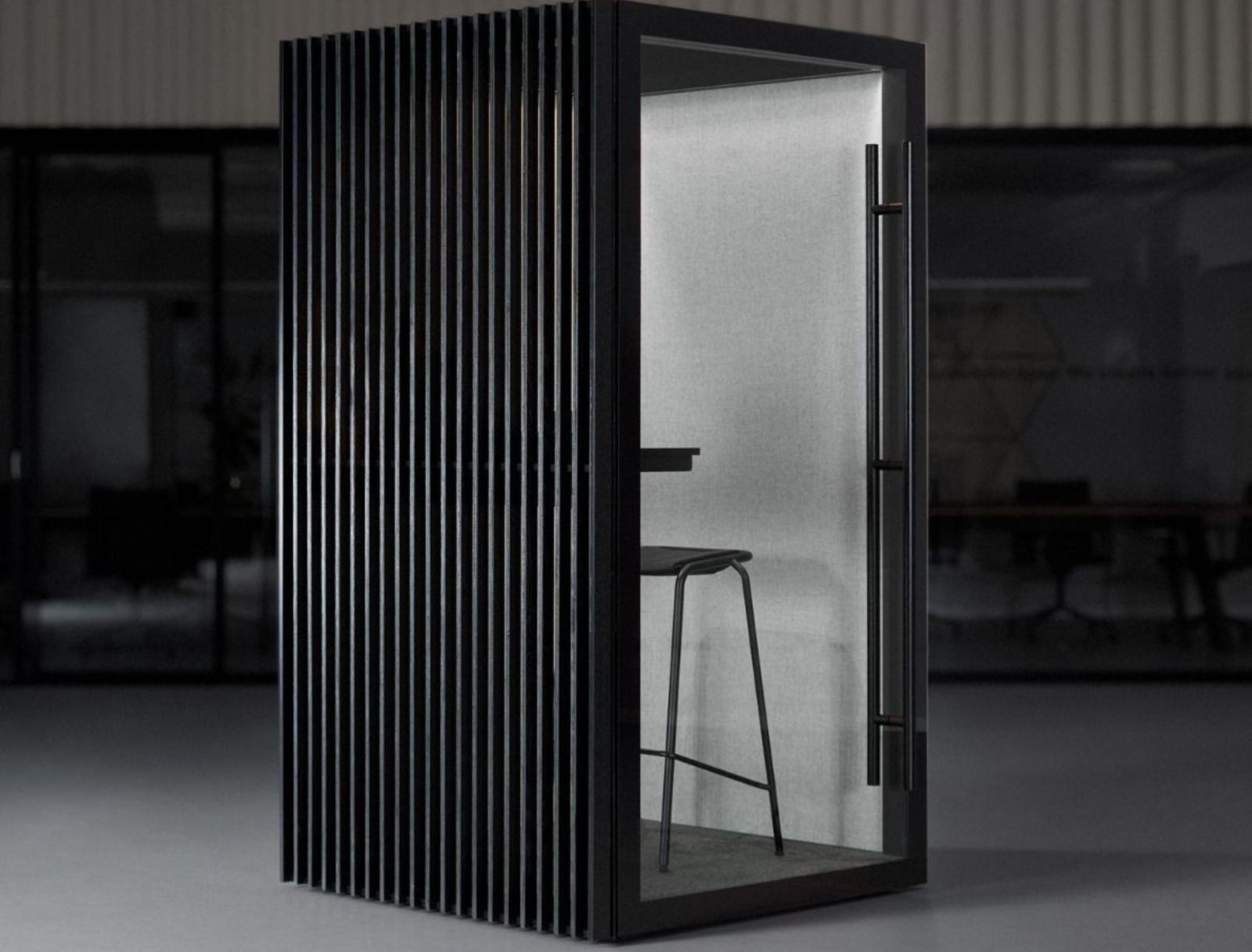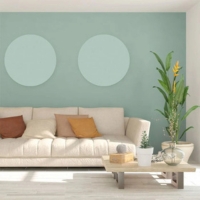
Only sustainable products
Configurable products
Installation available
Free acoustic advice
Meeting Room Acoustic Panels - Improve Meeting Quality
Meeting Room Acoustic Panels - Improve Meeting Quality
During a meeting, it can be difficult to hear everyone clearly. The noise from the environment can be distracting and make it difficult to stay focused on the task at hand. That’s why meeting room acoustic panels are an important tool for improving sound quality and overall effectiveness of meetings. They absorb sound and reduce reverberations, making your meetings more productive and efficient. Let’s take a very quick look at what acoustic panels are and how they work.
What Are Acoustic Panels?
Acoustic panels are designed to absorb sound waves that enter a room. They are made up of materials like foam or fiberglass, which helps dampen the sound waves in the room by absorbing them instead of allowing them to bounce off objects or walls in the room. This absorption reduces reverberation time, making it easier for people to hear each other while reducing background noise from outside sources.
The Benefits of Using Acoustic Panels
Using acoustic panels in meeting rooms increases speech intelligibility, which makes conversations clearer and easier to understand for everyone in attendance. This is especially helpful if you have large meetings with several people talking at once or when there is a lot of ambient noise from outside sources like traffic or construction. Additionally, acoustic panels can help reduce any echoing that might occur within the meeting space, making it easier for everyone to focus on the discussion at hand without any unnecessary distractions.
The Different Types of Acoustic Panels
There are many different types of acoustic panels available on the market today, and each type has its own benefits depending on your needs and budget. Some popular options include foam-based acoustic panels, wood framed acoustic panels, fabric wrapped acoustic panels, or even custom designed and printed acoustic panels with logos or patterns that match your company's branding. You can also choose between wall-mounted or ceiling-mounted options depending on your space constraints and design preferences.
Acoustic Panels for Meeting Rooms
Based on past experience, we’ve come across a range of challenges when treating acoustic issues in meeting rooms. Some of the most common are:
- Hard surfaces (floors, ceilings, and walls)
- Hard, non-absorbing furniture (plastic, screens, …)
- Glass windows and/or doors
- Typical small space where sound easily bounces back and forth
- Reverberation from AV equipment

Autex Groove Wall Panels
Often a combination of wall and ceiling treatments will give the best results.
Conclusion
Acoustic panels are an effective solution for improving sound quality in meeting rooms so that conversations are clearer and more productive overall. With their ability to reduce ambient noise levels as well as echo caused by hard surfaces, these types of products provide an easy way to maintain clarity during meetings without having to invest too much money into upgrading existing infrastructure. Office managers, facilities managers, project managers, designers, architects should consider using acoustic panels when planning out their next big meeting space renovation project!
Key Takeaways
• Acoustic panels are designed to absorb sound waves that enter a room, made up of materials like foam or fiberglass which dampen sound waves by absorbing them.
• This absorption reduces reverberation time, making it easier for people to hear each other while reducing background noise.
• The benefits of using acoustic panels include increased speech intelligibility and reduced echoing.
• There are many different types of acoustic panels available on the market today, including foam-based acoustic panels, wood framed acoustic panels, fabric wrapped acoustic panel
If possible, seperating your working space into a separate room will enable you to be more focused than at the kitchen table or living room. If you are experiencing noticeably poor audio quality during video or phone calls, acoustic treatment will help. For more information on home office acoustics, read our guide here.
Contact us if you have any questions.
[related_products] Acoustic Wall Panels
Acoustic Wall Panels  Acoustic Ceiling Panels
Acoustic Ceiling Panels  Acoustic Ceiling Baffles
Acoustic Ceiling Baffles  Acoustic Screens
Acoustic Screens  Acoustic Fabric
Acoustic Fabric  Acoustic Lighting
Acoustic Lighting  Acoustic Booths and Pods
Acoustic Booths and Pods  Acoustic Panel Accessories
Acoustic Panel Accessories 
































